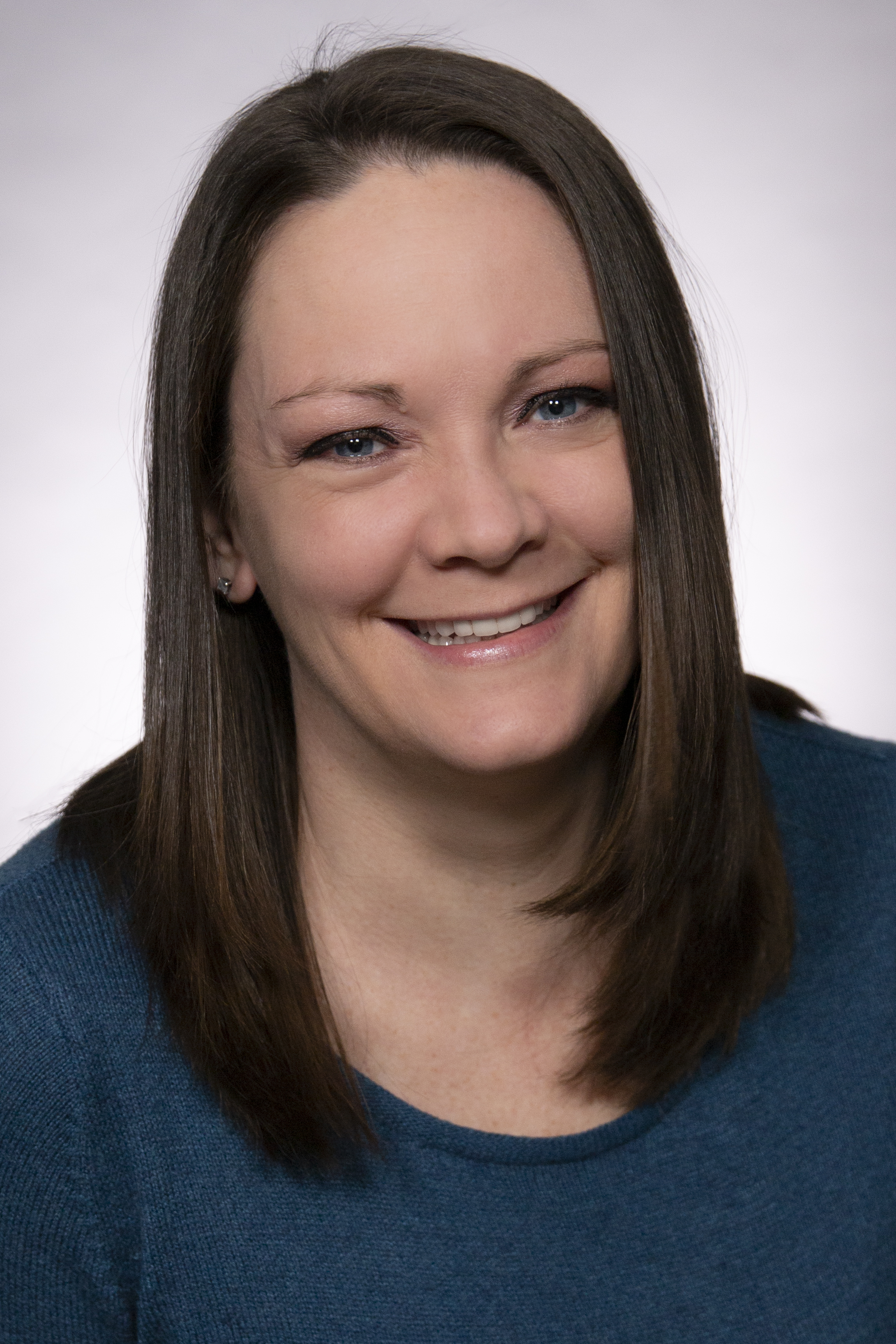
Case Study: Treatment Options and Sequencing for an Older Patient
Last Updated: Thursday, March 27, 2025
Leigh Ann Childress, MSN, CRNP, AOCNP®, and Christina Russomanno, MSN, RN, NP-C, discuss the case of John, a 72-year-old patient with CLL. Their conversation covers various therapeutic options for initial and later stages of the disease and the importance of understanding the patient's goals to guide treatment decisions. The discussion also highlights the significance of considering cytogenetic risk factors, especially upon disease progression, which may necessitate a change in treatment approach. Novel therapies and clinical trial participation are also considered.
Meet the faculty

Leigh Ann Childress
MSN, CRNP, AOCNP®
Clearview Cancer Institute
Leigh Ann Childress has practiced in the field of oncology nursing for 25 years. She currently serves as the director of advanced practice at Clearview Cancer Institute and is passionate about advancing the practice and education of APPs in the community setting.

Christina Russomanno
MSN, RN, NP-C
Columbia University Irving Medical Center
Christina Russomanno is a nurse practitioner at Columbia University Irving Medical Center and serves as a director of nursing in outpatient hematology/oncology. She has worked in leukemia and lymphoma since 2005, is passionate about patient education, and works with patient support and advocacy groups.
